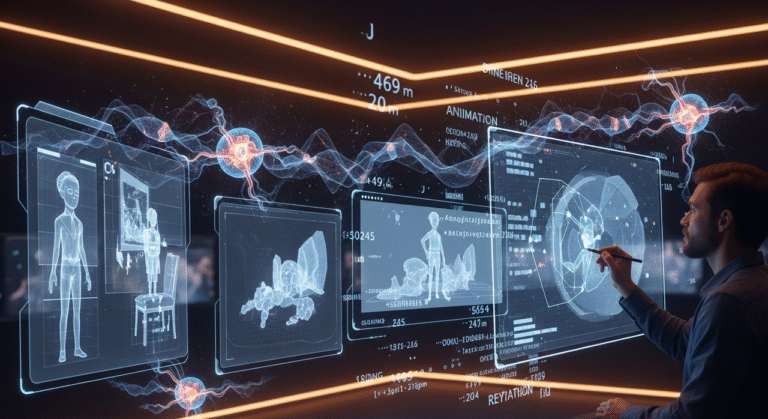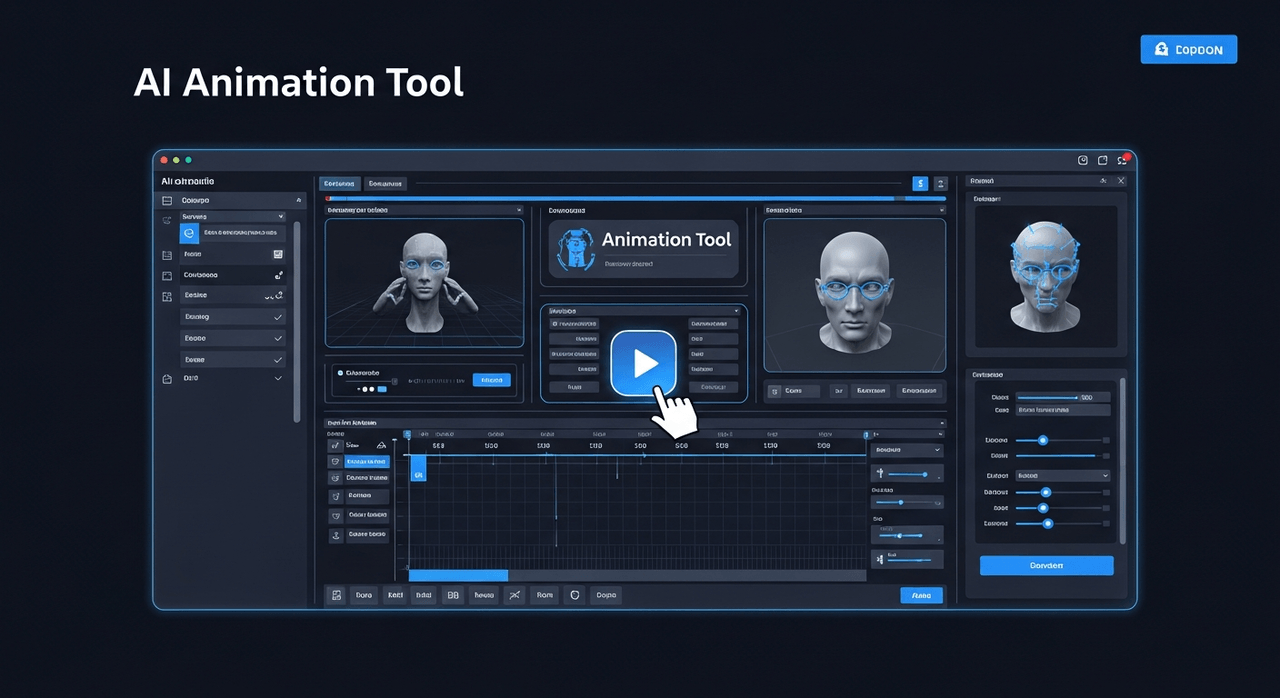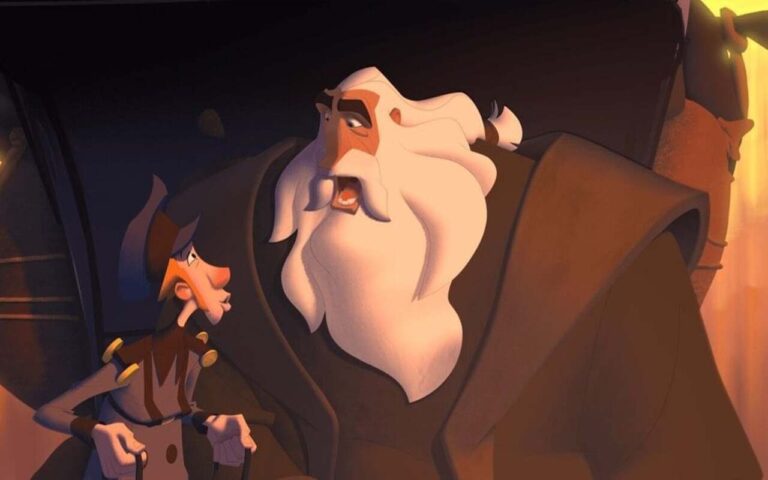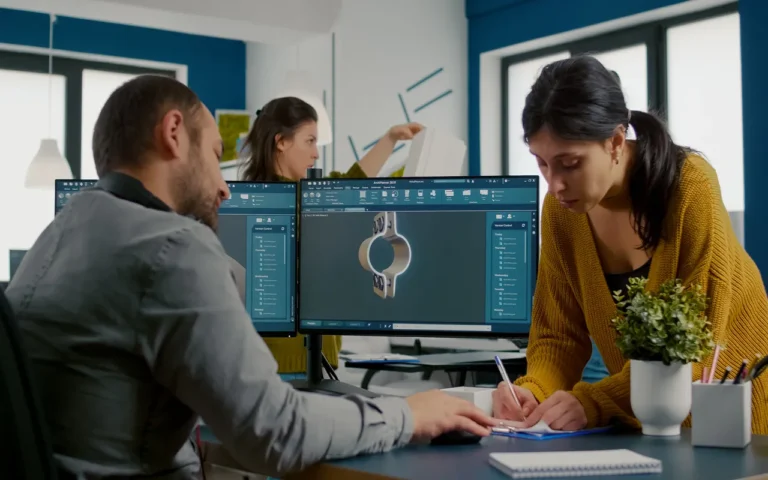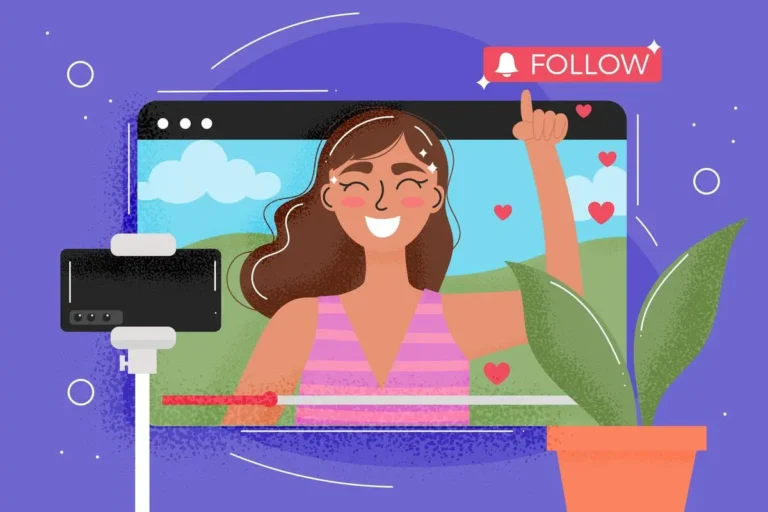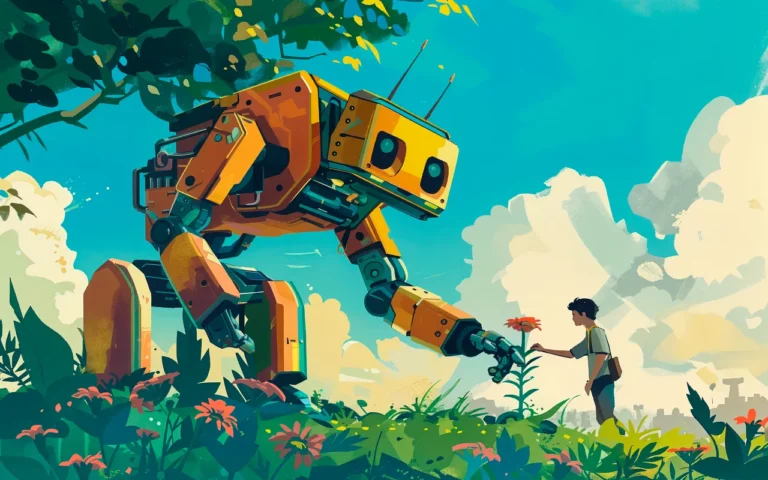Something really exciting happened in the world of animation studios back in 2006: Disney and Pixar became partners. Disney was very good at telling stories and Pixar had such great technology. “Toy Story,” “Inside Out,” and “Cars” are just a few to name as their mutual works that everyone around the world loved! In this article we are going to learn more about this team-up.
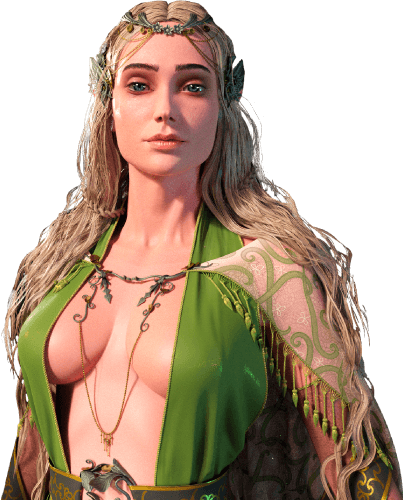
Need Animation Services?
Visit our Animation Service page to see how we can help bring your ideas to life!
Before the Merger, Were They Foes or Friends?
Before Pixar and Disney joined up, they had a tense partnership. Pixar made big hits like Toy Story. But Disney was the only company that could sell them around the world. Disney’s own animated movies were not doing well. This made them struggle. Pixar was scared of losing its freedom. They often argued about money and control. But they both needed each other. One had great ideas. The other had a huge audience. This led to a huge change for both companies.
Read More: Why is Pixar so successful?
What Were the Strategic Drivers Behind the Merger?
The reason for the merger was simple. Disney needed to be the top animation company again. They were falling behind. Pixar wanted to feel safe and get its movies to even more people. Rival studios like DreamWorks were doing well. Disney knew it had to act fast. Its CEO, Bob Iger, saw that Pixar was the answer. In the deal, Pixar kept its creative freedom. In return, Disney got Pixar’s amazing talent and new technology. Together, they could make the best movies.
What Happened During the Disney Pixar Merger?
In 2006, Disney bought Pixar for a lot of money. It was about $7.4 billion. But it was not a takeover. They called it a “merger of equals.” Pixar got to stay in its own building. Its leaders and creative style also stayed the same. At the same time, Disney made its own cartoon studio better by getting help from the Pixar team. This plan made everyone happy. The deal worked because they shared their strengths instead of one company taking over.
How Were the Negotiations and Deal Structure Designed?
Steve Jobs, who was the boss of Pixar, was a big part of the talks. He made a deal that gave him a lot of stock in Disney. This made him the biggest person with a share in the company. He also made sure John Lasseter and Ed Catmull became the new bosses of Disney’s animation. This meant the company could still be creative and do what it wanted. The deal was not just about who owned what. It was about trusting each other for a long time.
How Did Executives and Employees View the Merger?
People felt differently about the merger. The bosses at Disney thought it was a chance to be number one again. But the people who worked at Pixar were scared that the big company would change them. The bosses calmed them down by promising Pixar would stay independent and by giving its leaders control. The deal was called a partnership, not a takeover. This made everyone feel a little better. Even with some worry, everyone was excited to see what they could do together.
What Cultural and Organizational Changes Took Place?
The two companies had to learn to work together. Pixar kept its unique way of doing things, like its Braintrust meetings. Over time, Pixar’s culture of open feedback and a focus on stories also helped Disney’s animation studio. These changes helped Disney’s teams get better. They learned to be more creative like Pixar but still kept their own traditions. Mixing the two cultures made a new, stronger company that was good at both new ideas and classic stuff.
What Was Leadership and Governance Like After the Merger?
The leadership was set up to make sure Pixar still had a big voice. John Lasseter became the boss for both studios. Ed Catmull was the president. Steve Jobs also joined the Disney board. This gave Pixar even more power. The CEO, Bob Iger, made sure business and creativity worked together. This plan showed how a merger can work without stopping new ideas. It set a good example for how other companies could do things.
What Early Challenges and Risks Did They Face?
The merger was not without problems. Some people were worried that Disney would ruin Pixar’s creativity. Employees were scared about their jobs and big culture clashes. The high price tag of $7.4 billion was also questioned by some people. To fix these problems, the leaders were very honest. They promised to let Pixar stay independent and make good movies. When the first movies after the deal did well, it proved that their plan to build trust was the right one.
What Happened Immediately After the Disney Pixar Merger?
Right after the merger, Pixar kept making great movies. At the same time, Disney Animation began to use new ways of working that they learned from Pixar. Disney’s huge reach helped Pixar’s movies get to more people. Inside the company, everyone felt better about their jobs. Outside the company, the deal showed that two different cultures could come together to be the new best in animation. It was a good start for both sides.
What Synergies Were Achieved in Technology, Distribution, and Storytelling?
The two companies helped each other a lot. Pixar’s technology, like RenderMan, made Disney’s movies look better. Disney’s way of getting movies to the whole world helped Pixar make record-breaking money. The biggest win was in Disney storytelling. Pixar’s emotional stories mixed with Disney’s classic themes. This started a new golden age. These things made them the best in the world. Their movies were full of new ideas and feelings that everyone could understand.
Which Features Were Released After the Merger?
The new partnership quickly made a lot of great movies. Pixar released Ratatouille, WALL-E, Up, and Toy Story 3. They all did great. Disney Animation also got better and made hits like Tangled and Frozen. These movies showed how well the companies worked together. They shared ideas and resources. This made some of the most loved animated movies of today. The team-up worked really well for making good stories.
How Did the Merger Impact Disney Animation Studios?
Disney Animation got a lot better. The studio was not doing well before. But it started to use new ways of working it learned from Pixar. Movies like Frozen and Moana show this change. They mixed old Disney ideas with new ways of telling stories. By using new technology and better stories, Disney Animation became a top company again. It got back its place as a leader in making animated movies for everyone.
How Did Box Office Performance and Key Film Releases Change?
Movie money went way up. Toy Story 3 made over $1 billion. Frozen became a global hit that everyone was talking about. Later movies like Inside Out, Coco, and Frozen II proved that the merger was a good idea. They kept making movies that were hits and made a lot of money. Together, Disney and Pixar became the strongest team for making money from family entertainment.
What Is the Long-Term Legacy and Industry Influence of the Merger?
The Disney-Pixar merger changed all of entertainment. It proved that a big company can buy a small one and not ruin its creativity. Other companies like DreamWorks learned from this. They also started to focus on good stories and good technology. The deal also showed other big media companies how to work with creative partners. The long-term impact can be seen in the whole industry and in all the timeless movies they keep making, despite concerns about the decline of Disney storytelling.
What Lessons Can Be Learned from the Disney Pixar Merger?
There are clear lessons to learn. You have to protect creative people and their culture. You have to let the right leaders be in charge. And you have to make sure business and creativity work together. Disney let Pixar lead the creative side, and that’s why they both won. The merger shows that it’s better to respect differences than to make everyone the same. It is a great example of how being smart and trusting people can help you win for a long time.
Conclusion
The Disney-Pixar merger was more than just a business deal. It was a creative team-up that changed animation forever. By putting Pixar’s new ideas together with Disney’s big reach, they started a new age of storytelling. Their movies keep changing the industry. They show that when a smart business plan and creative people work together, the results can be fantastic. This deal proved that respecting creative talent can lead to a new golden era.
FAQs
Is Pixar the same as Disney?
No. Pixar is a separate animation studio that became a subsidiary after Disney acquired it in 2006. Pixar still operates with considerable creative independence.
Was the merger successful?
Yes. The merger is regarded as one of the most successful in entertainment history.
Who were the key players involved?
Bob Iger (Disney CEO) and Steve Jobs (Pixar CEO) led the negotiations and deal strategy.
What was the merger’s corporate structure?
It was a vertical integration. Pixar produced, Disney handled distribution and marketing.
Who were the main leaders in the merger?
Bob Iger (Disney CEO) and Steve Jobs (Pixar CEO and major shareholder) spearheaded the deal.
What type of merger was it?
It was a vertical merger. Pixar focused on production, while Disney handled distribution and marketing.
What strategic benefits did Disney gain?
Disney regained creative momentum by integrating Pixar’s innovation with its expansive distribution reach.
How did the merger impact corporate leadership?
Pixar’s leaders were given prominent roles. Ed Catmull became president, John Lasseter ran creative, and Jobs joined Disney’s board.
Why did Pixar agree to merge with Disney?
Pixar got creative autonomy plus a stable, proven distribution and marketing platform.


